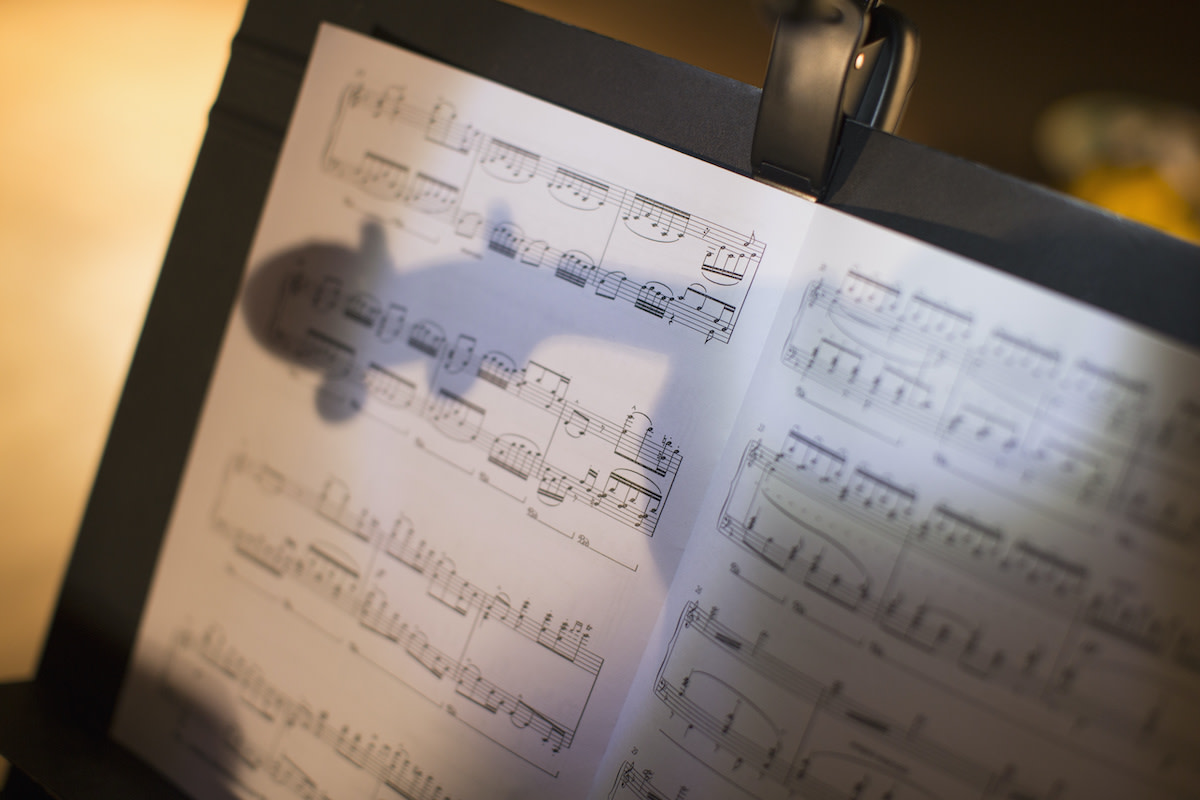Waltzes in Classical Music: 8 Iconic Waltzes
Written by MasterClass
Last updated: Jun 7, 2021 • 2 min read
The waltz is a dance music form in triple meter that traces back to the eighteenth century.
Learn From the Best
What Is a Waltz in Music?
Waltz music is a form of classical dance music based on the 3/4 time signature. Popular in Austrian, German, and French culture, the waltz was among the most common ballroom dance forms in the nineteenth and twentieth centuries. Waltzes by composers like Johannes Brahms, Johann Strauss II, Frédéric Chopin, and Piotr Ilych Tchaikovsky remain prominent in orchestral repertoires and classical music playlists.
A Brief History of the Waltz
- Origin: The waltz emerged as a dance music form in the Classical era of the eighteenth century. Prominent composers of the era, including Wolfgang Amadeus Mozart and Franz Joseph Haydn, composed waltzes, although they primarily concentrated on other musical forms.
- Rise: By the nineteenth century, the form had achieved great popularity in Austria, Germany, and France. The German composer Franz Schubert released two prominent collections of waltz sheet music, the 34 Valses Sentimentales (in 1823) and the 12 Valses Nobles (in approximately 1827). The Polish composer Frédéric Chopin, who lived and worked in France, composed numerous waltzes of his own—some inspired by the polkas and mazurkas of his native land. Yet, unlike Schubert, Chopin did not attempt to compose dance music; his waltzes were closer to art music and instrumental love songs.
- Evolution: Eventually a distinct style known as the Viennese waltz took shape in the Austrian capital. Exemplified by The Blue Danube waltz by Johann Strauss II (1866), this waltz style carried a sense of elegance from Vienna out to the rest of Europe and the Americas.
- Decline: By the twentieth century, the waltz had fallen out of favor with leading-edge classical composers, although the slow waltz remained one of the most popular forms of ballroom dancing at private galas and country clubs. Nonetheless, many twentieth-century composers offered their take on the waltz, from Maurice Ravel to Igor Stravinsky to Dmitri Shostakovich.
4 Characteristics of a Traditional Waltz
A traditional waltz is most commonly characterized by:
- 1. Adherence to 3/4 time
- 2. One chord per measure
- 3. A repeating quarter-note pattern where the down beat of each measure features the root of the chord and the second and third beats feature chord tones above the root.
- 4. Graceful melodies in the lead voice (the right hand on the piano)
8 Examples of Traditional Waltzes
Some of the most notable waltzes of all time include:
- 1. La Valse du Petit Chien (Little Dog Waltz, also known as "Minute Waltz") by Frédéric Chopin (1847)
- 2. The Blue Danube by Johann Strauss II (1866)
- 3. Rosen aus dem Süden (Roses from the South) by Johann Strauss II (1880)
- 4. Les Patineurs Valse (The Skaters' Waltz) by Émile Waldteufel (1882)
- 5. Kaiser-Walzer (The Emperor Waltz) by Johann Strauss II (1889)
- 6. Waltz from The Sleeping Beauty by Piotr Ilych Tchaikovsky (1890)
- 7. The Waltz of the Flowers from The Nutcracker Suite by Piotr Ilych Tchaikovsky (1892)
- 8. Gold and Silver Waltz by Franz Lehár (1902)
Want to Learn More About Music?
Become a better musician with the MasterClass Annual Membership. Gain access to exclusive video lessons taught by musical masters, including Hans Zimmer, Danny Elfman, Timbaland, Sheila E., Itzhak Perlman, Herbie Hancock, Tom Morello, and more.
